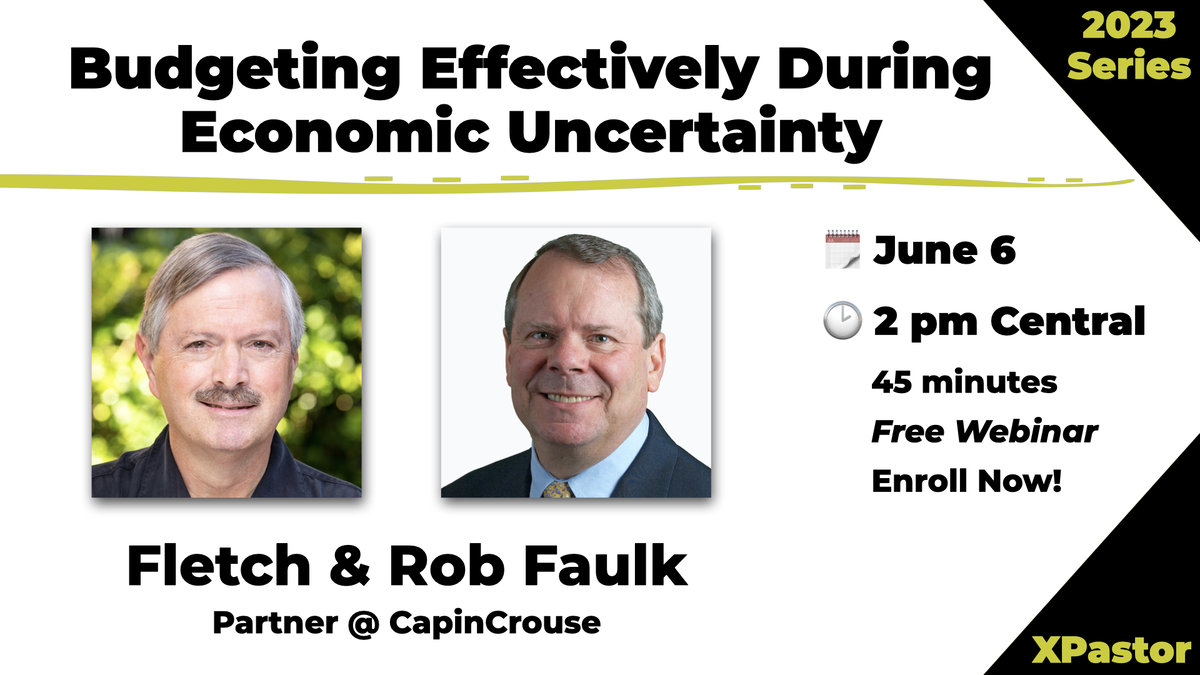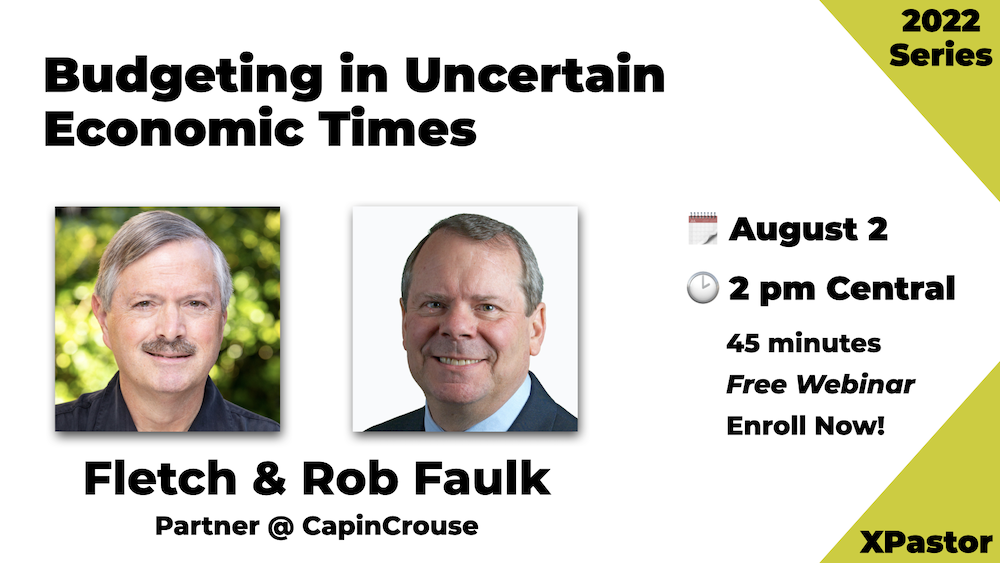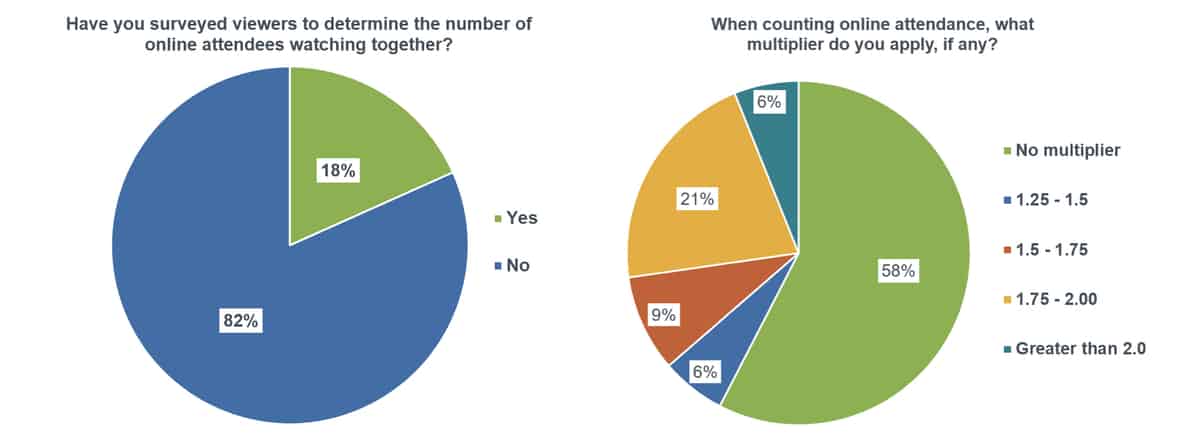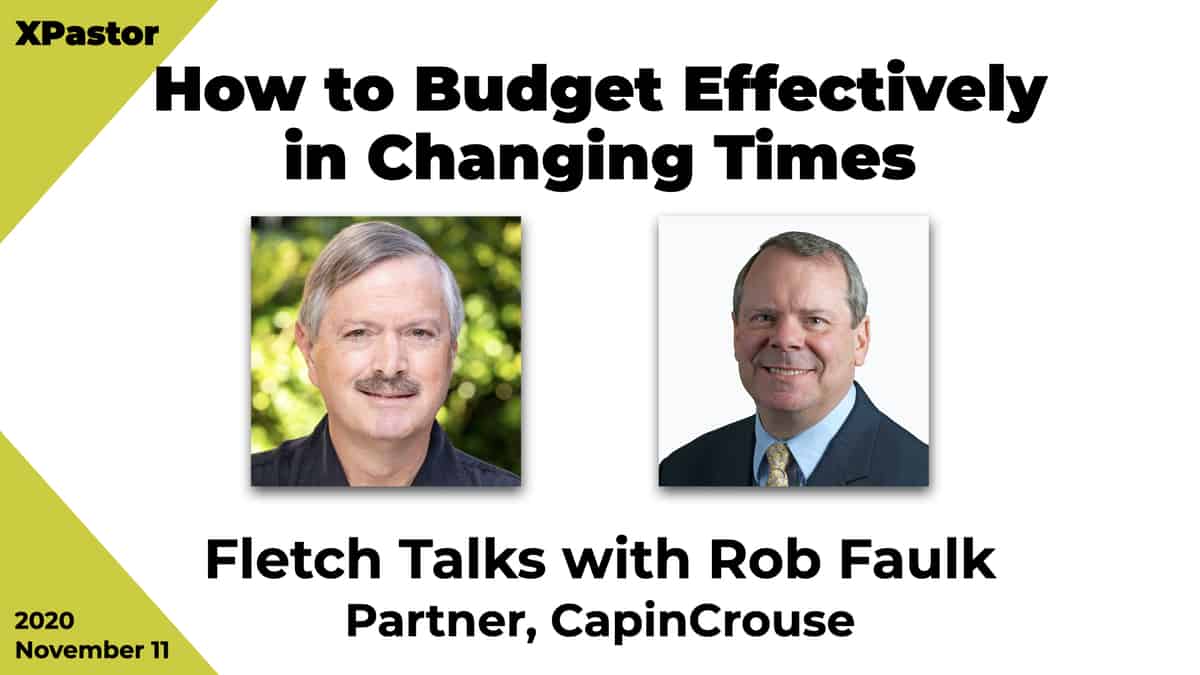There is still considerable uncertainty about the global COVID-19 pandemic and its long-term effects. What will the effect be on your ministry’s future revenues, expenses, and opportunities? How can you best manage continually shifting priorities, strategies, and tactics? What new challenges lie ahead?
Budgeting effectively when so much is unknown can feel overwhelming. Start by recognizing the new opportunities your ministry will experience. While the current circumstances are difficult, they also provide a tremendous opportunity to rethink ministry.
When the pandemic ends, things will not go back to the way they were before. Now is the time to think about the changes your ministry can make to position itself for the new future we face.
There will be new opportunities and new ways to serve. New methods of fundraising. New ways and places for your employees to work. It’s necessary to start considering these changes. Your ministry’s resilience and ability to pivot now will determine your impact in the future.
Then use the following considerations and steps to assess and modify your budget to the new realities we encounter.
Focus on Your Strategic Plan
What is your ministry trying to accomplish? This should be the filter through which you make budget decisions.
While ministries used to have one-, three- and five-year strategic plans, the current pace of change makes forecasting two years out a more realistic goal.
Keep in mind that as the strategic plan shifts you may also need to make adjustments to the annual operating plan, including financial goals. Changes have a cascading effect.
Apply the Nonprofit Administration Model©
I developed this strategic model to show the cycle of how ministries should be planning, budgeting, and executing. Everything is driven by your vision, mission, and values, which determine your strategic plans, operating plans, and ministry goals.
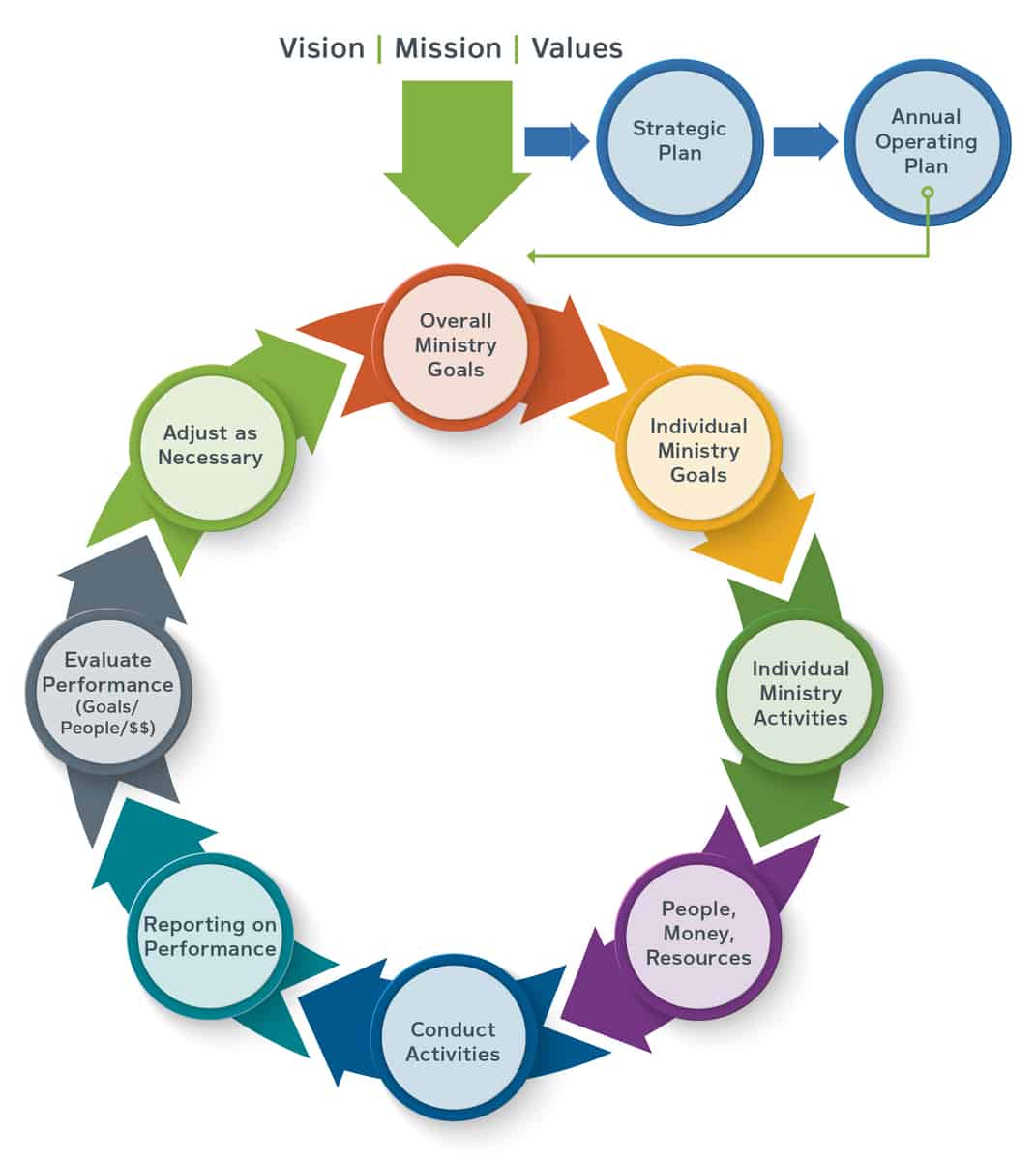
You can then use the ministry goals to determine what activities you need to undertake to achieve those goals, and what resources will be required to accomplish those activities.
As you revisit your strategic plan to reflect the changing times, it’s important to think through this model so your operating plans, goals, and budget remain tied to your strategy and you stay focused on your ministry’s mission and goals.
This is an ongoing, iterative process. Continue to revisit it as circumstances change.
Don’t Let Ambiguity Lead to Inaction
You can’t predict all the challenges coming your way. But you can act on what you do know and can reasonably anticipate, and then remain informed and vigilant so you can respond effectively as circumstances change.
Early in my career, I worked for an aircraft company that was designing and building a new type of turboprop aircraft. I asked the CEO, who was new to the industry, how he knew what to do. He said:
I don’t know exactly what to do. But I do know the general direction we’re heading, and we’ll refine as we go.
You might not know exactly which steps to take, but you probably do know the general direction you need to head. Get started by understanding the changes you face and how they affect ministry activities. As you consider your budget, ask:
- What activities are stopping? What are the related costs?
- What activities are starting? What are the related costs?
- What new infrastructure is required?
Then monitor and refine and you go.
Update Your Cash Flow Forecast and Be as Granular as Needed
While your budget may look at monthly cash flow, in this environment you may need to analyze weekly or even daily cash flows. It’s vital to continually monitor cash flow. Jesus is King with a capital K, but cash is king with a small k.
Choose Your Budget Approach
There are two basic choices for budgeting. With top-down budgeting, management determines the budget. While this is the fastest approach, it can create a lack of ownership by others within your ministry.
In the bottom-up approach, staff members closest to the activities of the ministry are asked to develop the budget based on those activities. This creates more buy-in from employees and generally will be more realistic because these staff members have first-hand knowledge of what’s needed for each activity. However, this approach takes more time and it is difficult to administer, especially when employees are working remotely.
If your ministry chooses this approach, streamline the process by determining what employee levels you want to get feedback from, such as those at the director or manager level and above. Involving too many people in the process can bog it down. Then set deadlines and be clear about why it is important to meet them.
We’re seeing more ministries use the top-down budget approach because it allows them to act quickly.
Set Priorities
Remember what the budget is for—meeting your priorities. An effective budget isn’t meant to restrict. It’s a tool to help keep your resources focused on your priorities.
As those priorities change, modify the budget to ensure you allocate adequate resources to the activities that will help your ministry achieve its goals, mission, and vision.
Learn more with our new How to Budget Effectively in Changing Times e-book. Request your free copy.


